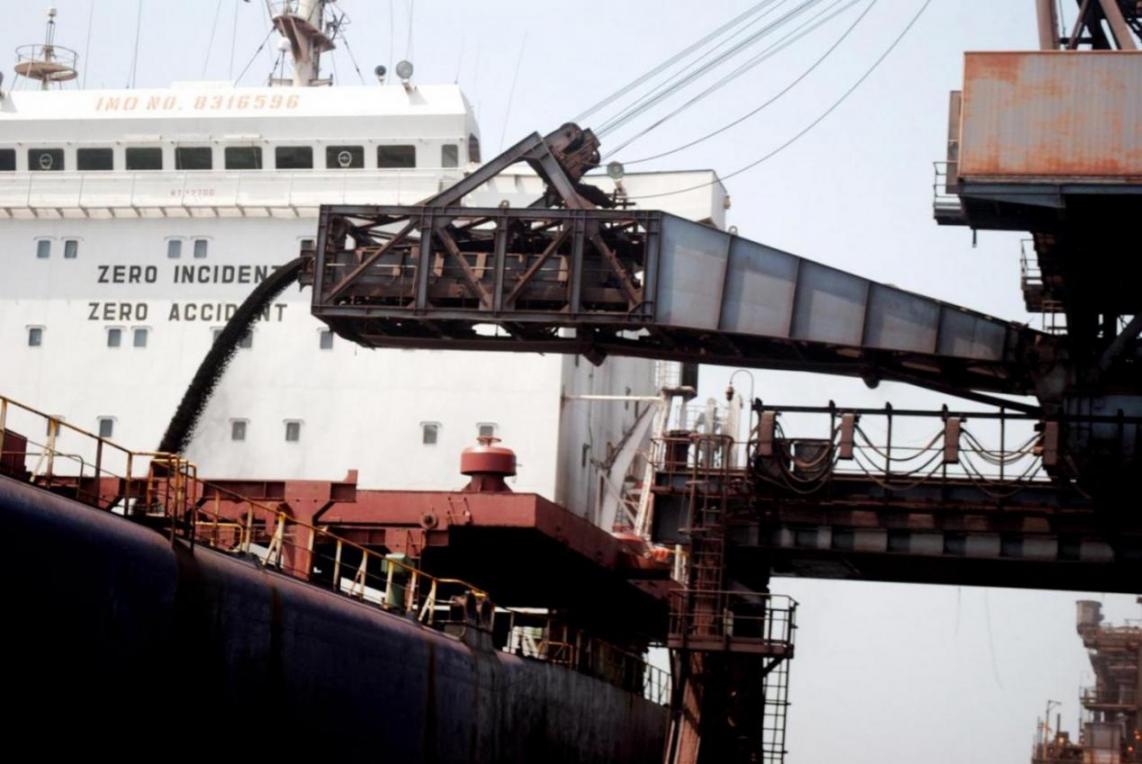A steel sector expert says Iran has the highest level of raw mineral exports in the region, while most other countries limit or ban the export of unprocessed minerals to produce more value added.
Criticizing the former administrations for their failure to supervise and organize the exports, Abbas Vatanpour called for limiting the export of raw mineral to develop downstream industries and boost employment, ILNA reported.
Earlier this week, the minister of industry, mine, and trade had also called for reducing the export of raw unprocessed copper, noting that it deprives the country of value added. Mohammad-Reza Nematzadeh urged the industrial and mineral sectors to process the raw materials into more valuable products before exporting to help the country make the best use of its natural resources.
Since the current administration, led by President Hassan Rouhani, came to power in 2013, the ministry of industry, mine, and trade has put special emphasis on limiting the export of raw minerals, noting that the country's economic prosperity relies also on preventing the sale of raw minerals at low prices.
According to officials, preventing the export of raw minerals also helps complete the steel production chain.
The government has so far taken several preventive measures to minimize the export of raw minerals, such as iron ore, by imposing high export tariffs. But some industrial analysts believe such measures do not provide sustainable solutions.
They argue that if the government supports the private sector and helps develop the required infrastructure for processing raw materials namely iron ore pellet and iron ore concentrate to manufacture finished steel products, high demand in the country – both in terms of price and quantity— would ensure that the iron ore mines can sell all of their products in the domestic market, hence dramatically increase the value added in the sector.
Mehdi Karbasian, the head of Iranian Mines and Mining Industries Development and Renovation Organization (IMIDRO), says the country's Comprehensive Steel Plan will help the entire domestically-produced iron ore pellets and iron ore concentrate to be consumed by Iranian steel manufactures. The plan takes two parameters into account, the iron ore extraction rate and domestic steel production.
Based on the country's 20-Year Vision Plan, Iran should produce at least 55 million metric tons of crude steel by 2025. According to Nematzadeh, goal is easily achievable and requires the mining and steel sectors to produce at least 80 million tons of iron ore concentrate and pellets as well as 58 million tons of direct-reduced iron (DRI).


